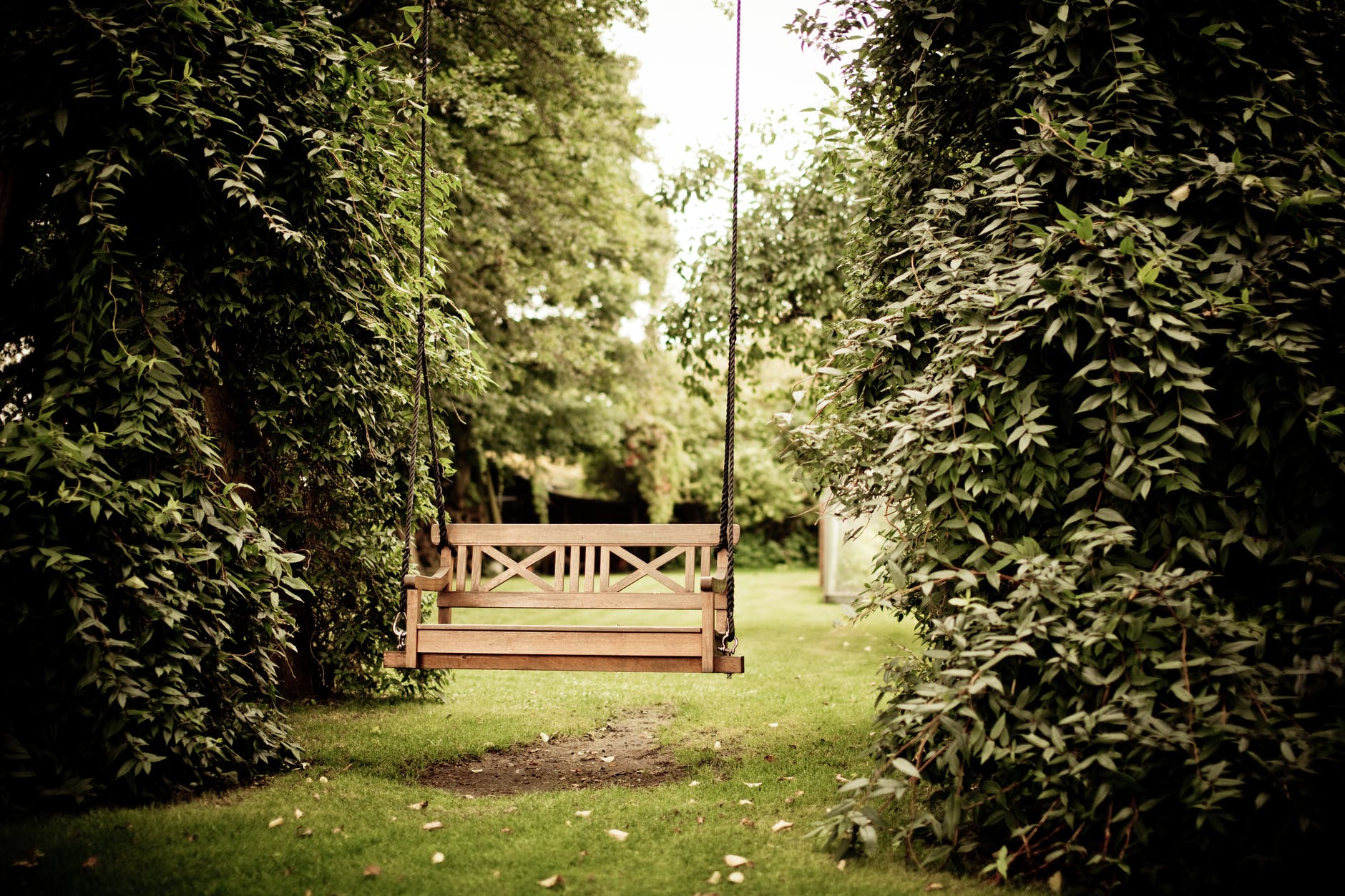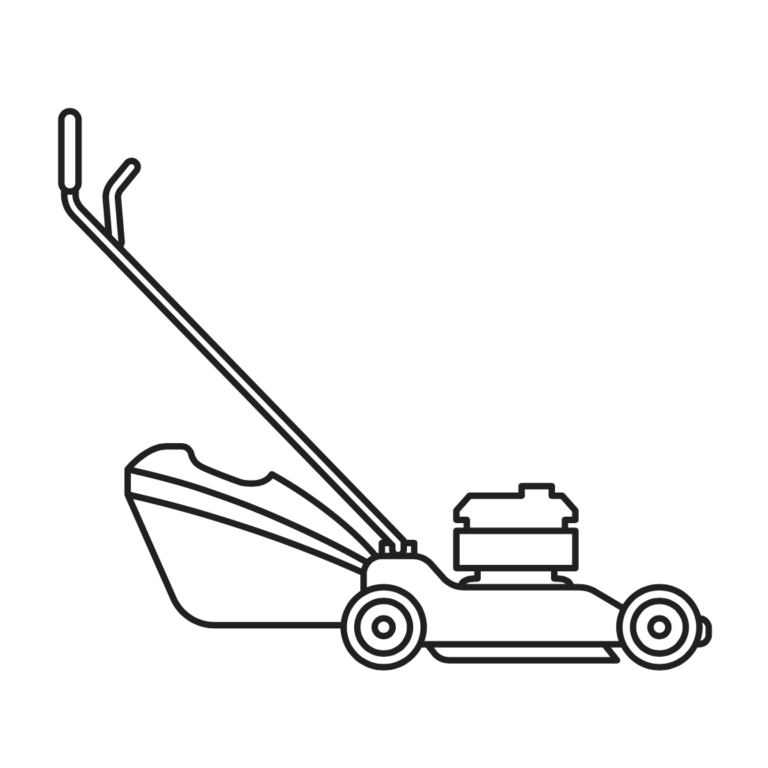Best Shrubs for Canadian Gardens
Garden centres have a wide selection of shrubs with a variety of looks to choose from, but how do you know which one is the best pick for your garden and climate?
Shrubs can fulfil many different functions. While they can provide a visual appeal to your garden, they can also be used to provide privacy, block noise, or produce an inviting fragrance.
Whether you need a shrub for a shady spot, ground cover, or the right one to withstand the cold winters, this guide will help you select the best shrub for your needs.
Why Plant Shrubs in Your Garden?
Having a beautifully landscaped garden isn’t only about a flawless lawn and decorative ground flowers. They only cover the basement level of your garden. The upper level is reserved for trees and in between is the important middle level, composed of shrubs.
Shrubs can produce a display of colour, add a sense of privacy, reduce excess noise coming from the streets, and welcome with a pleasant fragrance.
There are shrubs that are easy to maintain, resistant to cold temperatures, or suited to shaded areas. You might be looking for a shrub to form a hedge, provide an attractive ground cover or fill a small spot in your garden.
Identifying the function you want this middle element of your garden to fulfil will determine the best shrubs for you.
1. Best Shrubs for Visual Appeal
Attractive flowering shrubs add an aesthetic appeal to your garden. When planting these, it’s important to think about their size at maturity and flowering times. Considering such factors will help you create a pleasing blooming sequence rather than clashing colour combinations.
For Wide Flower Variety: Spiraea Japonica
Spirea is one of the most popular flowering shrubs for home gardens. It offers a variety in terms of size, flower, and leaf colour. These shrubs produce clusters of white, light pink, red, or purple flowers throughout their long-lasting blooms.
Spirea shrubs also attract with their foliage colour, which can range from beautiful gold, green, amber, to orange. Some of these shrubs even change colours throughout the season.
Spirea shrubs vary in size, from the small types, such as ‘Little Princes’ to larger ones that can grow up to five feet tall.
For Rich Summer Blooms: Summersweet Clethra (Clethra Alnifolia)
Summersweet Clethra produces upright panicles of white to pink flowers blooming in the summer months. It is an excellent choice if you’re looking for an aesthetically pleasing shrub that won’t burden you with maintenance requirements.
It thrives in full sun to part shade, can tolerate both average and wet soils, and can withstand temperatures to -34⁰C (-30⁰F), making it suitable for climates with colder winter months.
This shrub produces dense branches that can attract butterflies and grow up to three to eight feet tall and four to six feet wide and can provide a nice backdrop to your garden landscape.
With Flowers Blooming in Winter: Chinese Paperbush (Edgeworthia Chrysantha)
If you want a shrub that will decorate your garden outside of the summer months, the Chinese Paperblush will provide bright yellow flowers from February through to April.
It can tolerate a partial shade and reaches a height and spread of 4 to 6 degrees. While its flowers are blooming in winter, they are only hardy to 0 degrees F, so they wouldn’t be suitable if you experience extreme winter cold.
With Coloured Bark: Red-twig Dogwood
Rich flowers are not the only way shrubs can add a visual appeal to your garden. Red-twig dogwood is desired for its attractive bark colour. Some cultivar also features bicoloured green leaves with white edges.
It can withstand a part shade and needs rich and moist soil. This shrub is a great addition to any landscape and can provide a touch of colour to your garden in the winter months when other flowers and shrubs lack it.
2. Best Shrubs for Privacy
On top of providing texture and aesthetic appeal for your garden, some shrubs can be planted in hedges, forming an organic barrier and establishing the privacy of your outdoor space.
Evergreen shrubs are ideal for planting in hedges. They come in various sizes, shapes, and shades of green to suit your taste and landscaping.
Forming a privacy hedge might be especially desirable in houses where your neighbours are nearby or if you live close to a busy road. Additionally, the hedge can protect against harsh winds and reduce snow during the cold season.
Evergreen Shrubs
In order to find the evergreen most suitable to your landscape, it is crucial to determine the length of your hedges.
While the popular tree hedges like American Arborvitae or Green Giant Arborvitae can grow up to 60 feet tall, other evergreen shrub hedges like Emerald Arborvitae or Nigra Arborvitae can grow 15 or up to 30 feet tall respectively.
Deciduous shrubs tend to be shorter but can provide a visual appeal to your hedge at the same time. The attractive flowing shrubs include Rose of Sharon or Cherry Principia. The second one providing not only yellow flowers but also red edible fruit.
3. Best Shrubs With Low Maintenance
If you have a growing family or a busy household that is looking for shrubs that will provide the biggest reward for the minimum effort, look for shrubs that require little maintenance.
Rhododendron
One of the most popular shrubs, especially in coastal gardens, is the Rhododendron. These shrubs come in various sizes and owe their popularity to their beautiful flowers as well as the reliability and consistency of their blooms.
This plant family consists of over 1,024 species. Even though they were once only grown in warm climates, the new species are now cold-tolerant.
They can be either evergreen or deciduous, have leaves covered with scales or hairs, with some of the most popular species known for their many clusters of large flowers. These pop against the green leaves with bright purple, pink and white colours.
Oakleaf Hydrangea
Oakleaf hydrangea doesn’t need a lot of pruning, only demanding maintenance once a year. It is known for its red and orange coloured blooms.
These flowers will improve the look of your landscape for multiple months of the year and the shrub will add interest with the peeling bark in winter.
Annabelle Hydrangea
‘Annabelle’ is a deciduous shrub that is one of the most reliable bloomers among the hydrangea family. It offers large foot-wide balls of white flowers that can have light pink or green tones as the season progresses.
It is a native North American shrub and can it can withstand temperatures to -40⁰C (-40⁰F) with no need to worry about its buds freezing out.
They are tolerant to both wet and dry soil and can grow up to two to four feet tall and even a slightly wider spread. These shrubs will grow best in a partial shade and will wilt in the full sun.
4. Best Shrubs for Shady Spots
If you’re looking to plant the shrub in a shady spot within your landscape, it is best to select the species that will not only tolerate it but even thrive in the shaded areas.
Sarcococca (‘Sweet Box’)
Sarcococca is a great pick since it copes well with shade and has evergreen foliage with small white flowers as well as a pleasant scent.
It does not only tolerate shade and has superb evergreen foliage but also puts out tiny white flowers with a light, pungent scent.
Mountain Laurel (Kalmia Latifolia)
This is another shrub meant to be grown in shady areas. It is a broadleaf evergreen and thrives in a cool, rich, well-drained soil.
It has small pink and white flowers that might grow fewer flowers in the shade than in the partial sun.
The shrub can exceed 30 feet in the wild but while in cultivation, it seldom grows taller than 10 feet and doesn’t require much pruning. But if the Mountain laurel overgrows your space, you can prune it after flowering almost to ground level.
5. Most Pest and Disease Resistant Shrubs
Shrub roses: Rosa Species and Cultivars
Shrub roses come with many advantages that make them one of the most desirable shrubs on the market. They are low maintenance, grow between three to four feet tall, and provide consistent blooms.
They are hardy and most species are pest and disease resistant. They prefer full sun but some of the roses will survive only on three to four hours of sun exposure.
They bloom in summer and pruning in spring as well as consistent removing of the spent flowers will encourage the production of more blooms. Some of the popular species include ‘Snowcone,’ ‘Simplicity’ or ‘Bubbilicious.’
6. Best Shrubs for Noise Control
Shrubs can also serve as effective sound barriers and provide required noise reduction from a busy street, traffic, or your neighbours.
Planting the shrubs with foliage as you would a hedge and even install dense layers of plants can provide the needed noise protection.
We recommend planting the effective noise-reducing shrubs closest to the noise and then plant a layer of flowering plants in front for visual effect.
Evergreen plants tend to be the best choice in an effort to reduce noise. Selecting the shrubs with broad leaves as well as dense and thick branches, even at ground level, will be more effective in noise reduction.
Arborvitaes Trees
Most popular arborvitae trees for noise reduction include Thuja Green Giants, American Pillars, and Emerald Green Arborvitaes, which can provide privacy too.
Their thick soft foliage is evergreen, enabling you to plant a thick hedge or a wall around your landscape. We recommend planting them in two staggered rows for the best effect.
Holly Shrubs
Holly shrubs are a great option for blocking noise all year round. They have waxy evergreen leaves and some of them produce bright-red berries during summer and early spring.
Some of the most effective noise barriers include Blue Prince hollies or Steeds hollies, which have broad leaves and can grow up to 8 feet tall. Holly shrubs that can grow even taller and provide more coverage in your garden, up to 12 feet, are Castle Spire Blue hollies.
7. Best Smelling Shrubs
Alongside their visual appeal, shrubs can provide a pleasing smell in your garden. They can be planted around the entrance of your house to provide a pleasant welcome for guests or in your garden to make the outdoor space even more inviting and relaxing.
Lilacs
Lilac shrubs are widely desired for their beautiful pale pink and purple flowers but also their attractive smell. They are disease-resistant and fairly easy to grow.
They are versatile enough to be planted as a hedge but will provide an attractive focal point to your garden.
You can plant lilacs in full sun to a light shade in the hottest climates. They bloom best in USDA hardiness zones 2 to 7, the regions with the winter chill.
Maejima Daphne (Daphne Odora)
If you’re looking for a shrub with a sweeter smell we recommend ‘Daphne Odora,’ which is considered one of the most fragrant of flowering shrubs.
Daphnes are known for their attractive fragrance. They are also evergreen and reliable, with little pruning required.
They are best planted in warm climates since they are only hardy to -18⁰C (0⁰F). This shrub will grow up to three feet in height and produce rose-pink flower clusters in winter.
8. Best Shrubs for Ground Cover
‘Emerald Gaiety’ Wintercreeper
If you don’t want a shrub that will grow too tall and you are looking for the perfect fit to provide ground cover in your landscape, this ‘Emerald Gaiety’ Wintercreeper is one of our top picks.
It grows up to three feet tall and five feet wide and will look great alongside other taller plants or as a ground cover. This shrub is compact and perfect for limited spaces with its bushy form and the foliage that will last through the winter in full sun to a partial shade.
9. Most Winter Resistant Shrubs
If you live in a climate that experiences cold winters, selecting a shrub that will be able to withstand them, is crucial. These shrubs will last you for the years to come, without the need to worry about cold winter temperatures.
Japanese spirea (Spiraea Japonica)
Native to Asia, this Spirea is hardy to -40⁰C (-40⁰F), which makes it a safe choice even for the colder Canadian climates. It grows four to six feet high and can spread top to seven feet.
If planted in full sun, it produces pink flowers that bloom in the summer and late spring months. These attract butterflies and pollinators. With effective pruning, the plant will bloom again for the second time.
Heavier pruning is required in late winter and shrub can be cut all the way down every few years to keep its form intact.
Japanese Spirea is low maintenance with popular varieties such as ‘Goldflame,’ ‘Golden Elf,’ ‘Lil’ Flirt,’ and others.
Boxwood
While Boxwood can withstand cold temperatures, they are not as hardy as Japanese Spirea. When the temperature drops into the freezing low to mid 20’s, it can result in damaging the most tender foliage and tips of the newest growth.
If your climate would be suitable for Boxwood most of the time, you can provide protection for the rest of the colder months. Boxwood can be protected with burlap and twine or plastic wildlife netting.
A small amount of snow can insulate the boxwoods from cold temperatures and tying the shrubs together will help the majority of the snow slide off rather than damage the branches.
Boxwood keeps its deep green foliage even in cold months and they can be modelled into a hedge or a ball form or left to grow in a random shape. They are versatile and will look good in a variety of landscapes. They thrive in full sun or a partial shade.
Final Thoughts
With the wide offering of shrubs in garden centres today, it can be difficult to know which one would be the best pick for your garden and your climate.
While most shrubs will provide a visual appeal to your landscape, it is not the only factor according to which you should base your selection.
Some shrubs can welcome you with an amazing fragrance, form a privacy hedge, or act as an effective barrier against unwanted noise.
The most suitable shrubs for you should also be determined according to your climate and conditions. You can find shrubs that are hardy to extremely cold temperatures, will thrive in a spot with limited sun exposure or have little maintenance requirements.
Selecting suitable shrubs can transform the look of your landscape and you can find the perfect fit for you no matter your climate or requirements.






